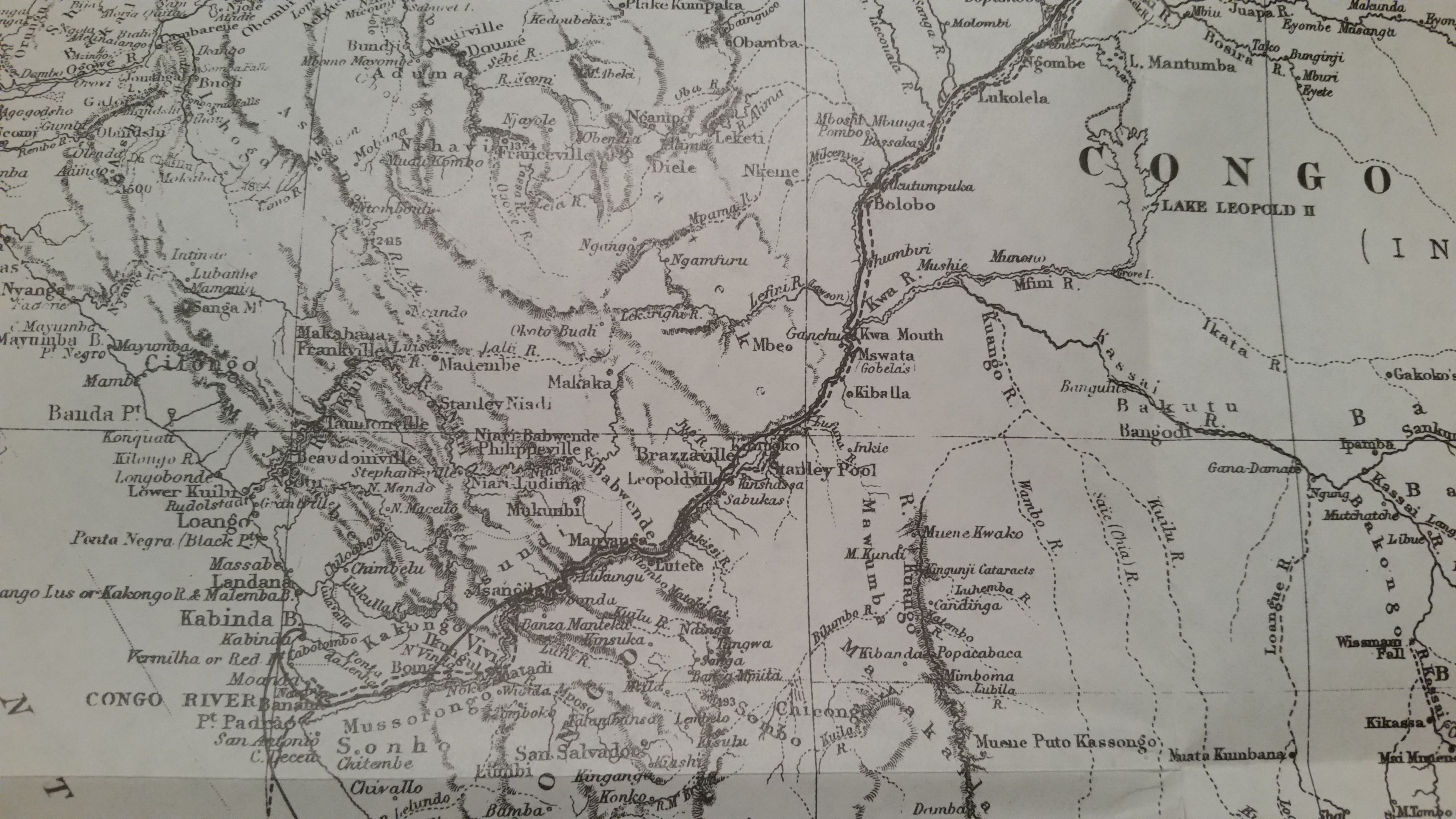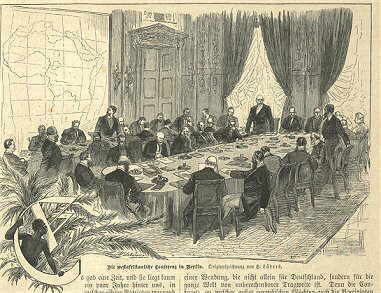|
Lubefu River
The Lubefu River is a tributary of the Sankuru River, which in turn is a tributary of the Kasai River in the Democratic Republic of the Congo. One of the first Europeans to visit the river was Alexandre Delcommune in 1887 during an epic exploration of navigable rivers in the Congo Basin. An account of a journey through the Kasai River region in 1908 said there were crocodiles in the river but due to the rapid current there were no hippopotami except where the river joins the Sankuru. The river is fast, narrow and winding, and in places the overhanging trees form a tunnel. From Bena Dibele, a town on the Sankuru just below the point where it is joined by the Lubefu to the government station of Lubefu is about . However, it took 19 days for a whaleboat with experienced paddlers to cover this distance. The Belgian colonial authorities forced the peasants of the area to grow cotton Cotton is a soft, fluffy staple fiber that grows in a boll, or protective case, around the ... [...More Info...] [...Related Items...] OR: [Wikipedia] [Google] [Baidu] |
Sankuru River
The Sankuru River is a major river in the Democratic Republic of the Congo. Its approximate length of 1,200 km"Sankuru River" in ''The New Encyclopædia Britannica''. Chicago: Encyclopædia Britannica Inc., 15th edn., 1992, Vol. 10, p. 278. makes it the longest tributary of the Kasai River. Above the confluence with its tributary Mbuji-Mayi it is also known as Lubilash. It flows northwards and then westwards crossing through a few towns, most notably Lusambo Lusambo is a territory in and capital of Sankuru province, Democratic Republic of the Congo. The town lies north of the confluence of the Sankuru River and the Lubi River. Lusambo is served by Lusambo Airport. In 1890 Lusambo was chosen by P .... Then it enters the Kasai River near Bena-Bendi, at . References Rivers of the Democratic Republic of the Congo Kasai River {{DRCongo-river-stub ... [...More Info...] [...Related Items...] OR: [Wikipedia] [Google] [Baidu] |
Democratic Republic Of The Congo
The Democratic Republic of the Congo (french: République démocratique du Congo (RDC), colloquially "La RDC" ), informally Congo-Kinshasa, DR Congo, the DRC, the DROC, or the Congo, and formerly and also colloquially Zaire, is a country in Central Africa. It is bordered to the northwest by the Republic of the Congo, to the north by the Central African Republic, to the northeast by South Sudan, to the east by Uganda, Rwanda, and Burundi, and by Tanzania (across Lake Tanganyika), to the south and southeast by Zambia, to the southwest by Angola, and to the west by the South Atlantic Ocean and the Cabinda exclave of Angola. By area, it is the second-largest country in Africa and the 11th-largest in the world. With a population of around 108 million, the Democratic Republic of the Congo is the most populous officially Francophone country in the world. The national capital and largest city is Kinshasa, which is also the nation's economic center. Centered on the Cong ... [...More Info...] [...Related Items...] OR: [Wikipedia] [Google] [Baidu] |
Kasai River
The Kasai River ( ; called Cassai in Angola) is a tributary (left side) of the Congo River, located in Central Africa. The river begins in central Angola and flows to the east until it reaches the border between Angola and the Democratic Republic of the Congo, where it turns north and serves as the border until it flows into the DRC. From Ilebo, between the confluences with Lulua river and Sankuru river, the Kasai river turns to a westerly direction. The lower stretch of the river from the confluence with Fimi river, is known as the Kwa(h) River, before it joins the Congo at Kwamouth northeast of Kinshasa. The Kasai basin consists mainly of equatorial rainforest areas, which provide an agricultural land in a region noted for its infertile, sandy soil. It is a tributary of Congo river and diamonds are found in it. Around 60% of diamonds in Belgium go from Kasai river for cutting and shaping. Exploration Henry Morton Stanley reached the confluence on 9 March 1877, calling the rive ... [...More Info...] [...Related Items...] OR: [Wikipedia] [Google] [Baidu] |
Alexandre Delcommune
Alexandre Delcommune (6 October 1855 – 7 August 1922) was a Belgian officer of the armed ''Force Publique'' of the Congo Free State who undertook extensive explorations of the country during the early colonial period of the Congo Free State. He explored many of the navigable waterways of the Congo Basin, and led a major expedition to Katanga between 1890 and 1893. Early years Delcommune was born at Namur on 6 October 1855. His father had reached the rank of sergeant major in the engineer corps before retiring and joining the Belgian and French railways. Alexandre Delcommune studied at the Athenaeum in Brussels, then worked for three months as a clerk in the Brussels North railway station before quitting due to boredom. He traveled to Portugal in January 1874 to work for his half brother, the director of a French olive oil factory. Still restless, he got his brother to write a letter of recommendation to one of his Portuguese friends so that he could go to Brazil or Portugal. Af ... [...More Info...] [...Related Items...] OR: [Wikipedia] [Google] [Baidu] |
Congo Basin
The Congo Basin (french: Bassin du Congo) is the sedimentary basin of the Congo River. The Congo Basin is located in Central Africa, in a region known as west equatorial Africa. The Congo Basin region is sometimes known simply as the Congo. It contains some of the largest tropical rainforests in the world and is an important source of water used in agriculture and energy generation. The rainforest in the Congo Basin is the largest rainforest in Africa and second only to the Amazon rainforest in size, with 300 million hectares compared to the 800 million hectares in the Amazon. Because of its size and diversity, many experts have characterized the basin's forest as important for mitigating climate change because of its role as a carbon sink. However, deforestation and degradation of the ecology by the impacts of climate change may increase stress on the forest ecosystem, in turn making the hydrology of the basin more variable. A 2012 study found that the variability in precipita ... [...More Info...] [...Related Items...] OR: [Wikipedia] [Google] [Baidu] |
Bena Dibele
Bena Dibele (also ''Beni Dibele'' or ''Bene Dibele'') is a community in Sankuru province of the Democratic Republic of the Congo. Bena Dibele is on the right bank of the Sankuru River just below the point where it is joined by the Lubefu River. In the early 20th century Bena Dibele was a military station under the command of a sous-officier of a Belgian cavalry regiment, assisted by a young civilian. There were about forty native soldiers stationed at the post, which served as a collection point for rubber brought in by the local people in payment of taxes. Supplies for posts such as Kole and Lodja on the Lukenye River to the north were landed at Bene Dibele and carried overland, a more reliable route than the fast and narrow Lukenye. There were very extensive government rubber plantations under the control of a white official about upstream from Dibele. Bena Dibele has always depended on the river for communication. During the Second Congo War (1998-2003) the town was cut off ... [...More Info...] [...Related Items...] OR: [Wikipedia] [Google] [Baidu] |
Lubefu
Lubefu is a community in Sankuru province of the Democratic Republic of the Congo. It is the administrative center of the Lubefu territory. Lubefu was established as a government station by the Belgian colonial administration, lying on the Lubefu River about upstream from Bena Dibele, a town on the Sankuru Sankuru is one of the 21 new provinces of the Democratic Republic of the Congo created in the 2015 repartitioning. Sankuru, Kasaï-Oriental, and Lomami provinces are the result of the dismemberment of the former Kasaï-Oriental province. Sa ... just below the point where it is joined by the Lubefu. References Populated places in Sankuru {{DRCongo-geo-stub ... [...More Info...] [...Related Items...] OR: [Wikipedia] [Google] [Baidu] |
Cotton
Cotton is a soft, fluffy staple fiber that grows in a boll, or protective case, around the seeds of the cotton plants of the genus ''Gossypium'' in the mallow family Malvaceae. The fiber is almost pure cellulose, and can contain minor percentages of waxes, fats, pectins, and water. Under natural conditions, the cotton bolls will increase the dispersal of the seeds. The plant is a shrub native to tropical and subtropical regions around the world, including the Americas, Africa, Egypt and India. The greatest diversity of wild cotton species is found in Mexico, followed by Australia and Africa. Cotton was independently domesticated in the Old and New Worlds. The fiber is most often spun into yarn or thread and used to make a soft, breathable, and durable textile. The use of cotton for fabric is known to date to prehistoric times; fragments of cotton fabric dated to the fifth millennium BC have been found in the Indus Valley civilization, as well as fabric remnants dated back ... [...More Info...] [...Related Items...] OR: [Wikipedia] [Google] [Baidu] |
University Of Wisconsin Press
The University of Wisconsin Press (sometimes abbreviated as UW Press) is a non-profit university press publishing peer-reviewed books and journals. It publishes work by scholars from the global academic community; works of fiction, memoir and poetry under its imprint, Terrace Books; and serves the citizens of Wisconsin by publishing important books about Wisconsin, the Upper Midwest, and the Great Lakes region. UW Press annually awards the Brittingham Prize in Poetry, the Felix Pollak Prize in Poetry, and The Four Lakes Prize in Poetry. The press was founded in 1936 in Madison and is one of more than 120 member presses in the Association of American University Presses. The Journals Division was established in 1965. The press employs approximately 25 full and part-time staff, produces 40 to 60 new books a year, and publishes 11 journals. It also distributes books and some annual journals for selected smaller publishers. The press is a unit of the Graduate School of the University ... [...More Info...] [...Related Items...] OR: [Wikipedia] [Google] [Baidu] |




